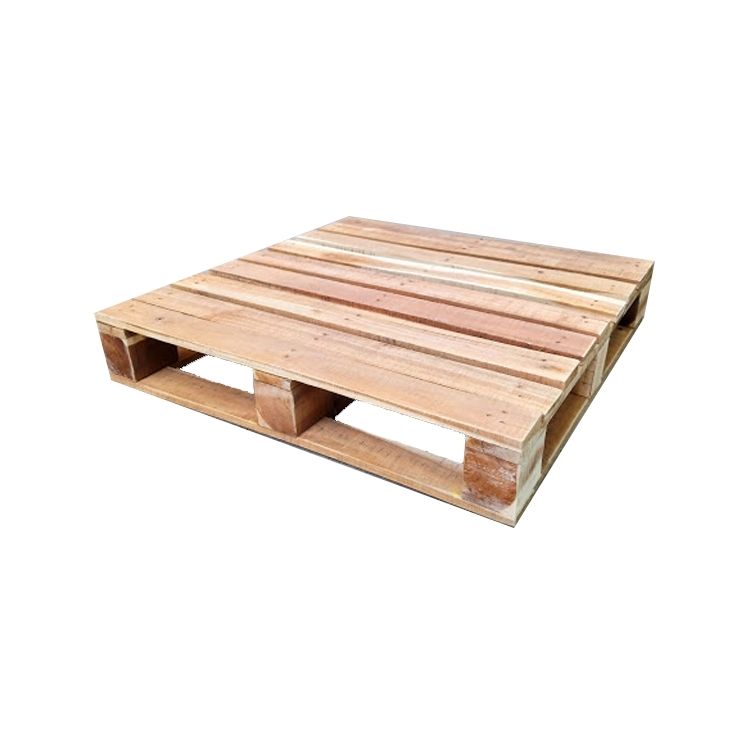
There are many types of strapping products on the market, including composite, PET, and PP plastic straps. Each type has characteristics, properties, and applications for different industries. So how to choose the best belt? To find the answer, please continue reading our article below.
Uses of the strapping product
Cargo straps are mainly used to tie products together and secure pallet loads during transportation and storage. When used to pack packages, strapping is often used in conjunction with a cargo airbag.
The belt is mainly used in the packaging industry, but it can also be used for industrial purposes. Some common uses for straps include:
- Bundle items together for handling and shipping: lumber, concrete blocks,…
- Attach items to pallets and crates
- Attach stationery items to trucks, containers
- Guaranteed load for brick and metal
Precautions when working with the strapping product
The physical characteristics of the package are an important part of figuring out what’s best for you. There are four things to watch out for: material, load integrity, weight, and shipping distance. Let’s take a quick look at each of these factors to choose the correct belt.

Material, substance
This is a very important feature in choosing the right cargo belt for your application. If you have a load as hard as steel, one thing is for sure, PP strapping is not the product of choice. Because of the properties of PP, the sharp metal edges of the steel will cut through the plastic and break the belt.
Load integrity
If the goods are not stable in terms of stability, this also affects the choice of the strapping product. Many times, loads generated from multiple packages tend to fall apart. The best way to fix this is to merge them with row straps. Straps should provide the necessary stability to help secure the product. They also help keep packages in a sturdy, stackable form.
Product size and weight
Each section of a cargo belt has a specific tensile or break strength, which is the force with which it breaks or deforms. A good example of this is a 15,000 lb load of steel products that should not be strapped with lightweight straps. That won’t work, it won’t hold, and the breaking strength isn’t enough to hold that load together. As an opposite example, heavy-duty steel straps cannot be used to hold fragile products together. The belt will likely damage the product and not protect the product. Therefore, pay attention to the breaking strength of cargo straps when choosing between different strapping products.
Shipping distance
If your product is being transported a long distance, you need stronger straps to prevent shifting during transit. Consider the width of the belt when choosing a strapping strap. For a long haul carrying heavy loads, thinner straps won’t have enough strength to manage the load. The more likely products are to change during movement, the wider the strapping product should be used. If your product tends to settle in transit, composite straps are a great choice as they can stretch and maintain integrity. (Learn more about composite straps here https://www.youtube.com/watch?v=PyzJex-Q8e8)
With all the information provided above, you can start selecting the strapping product for your application.




















